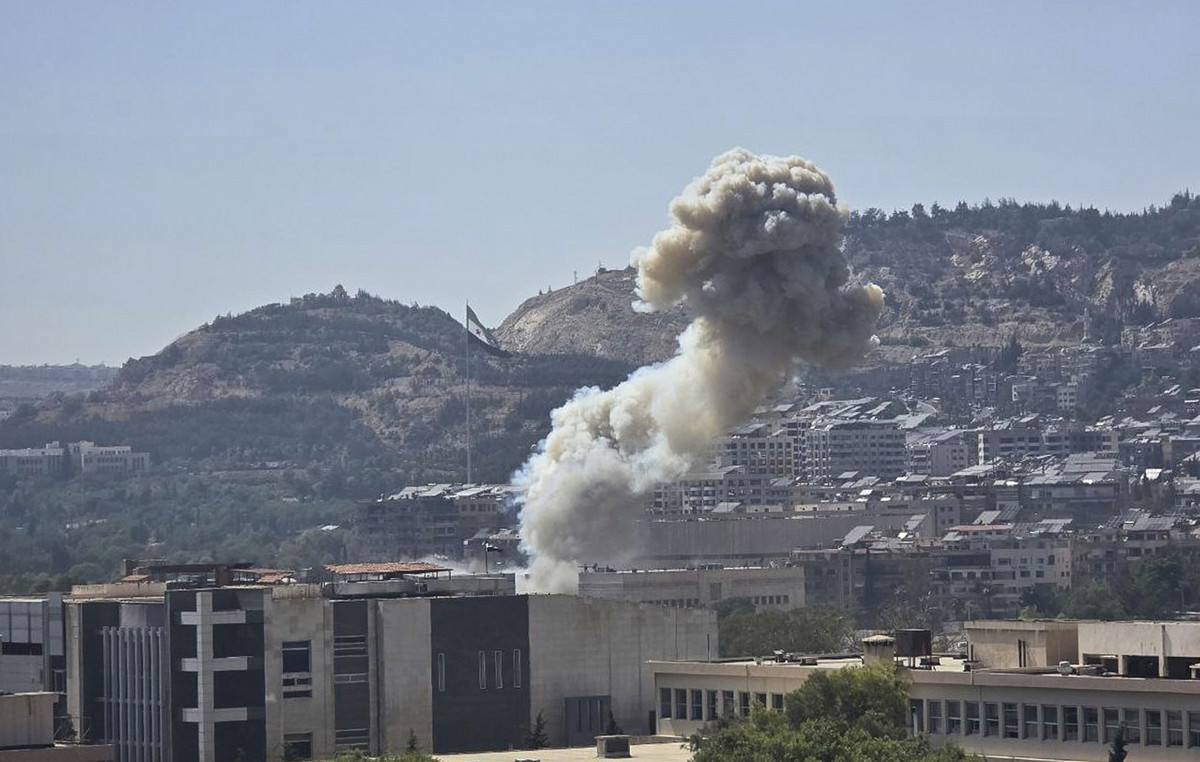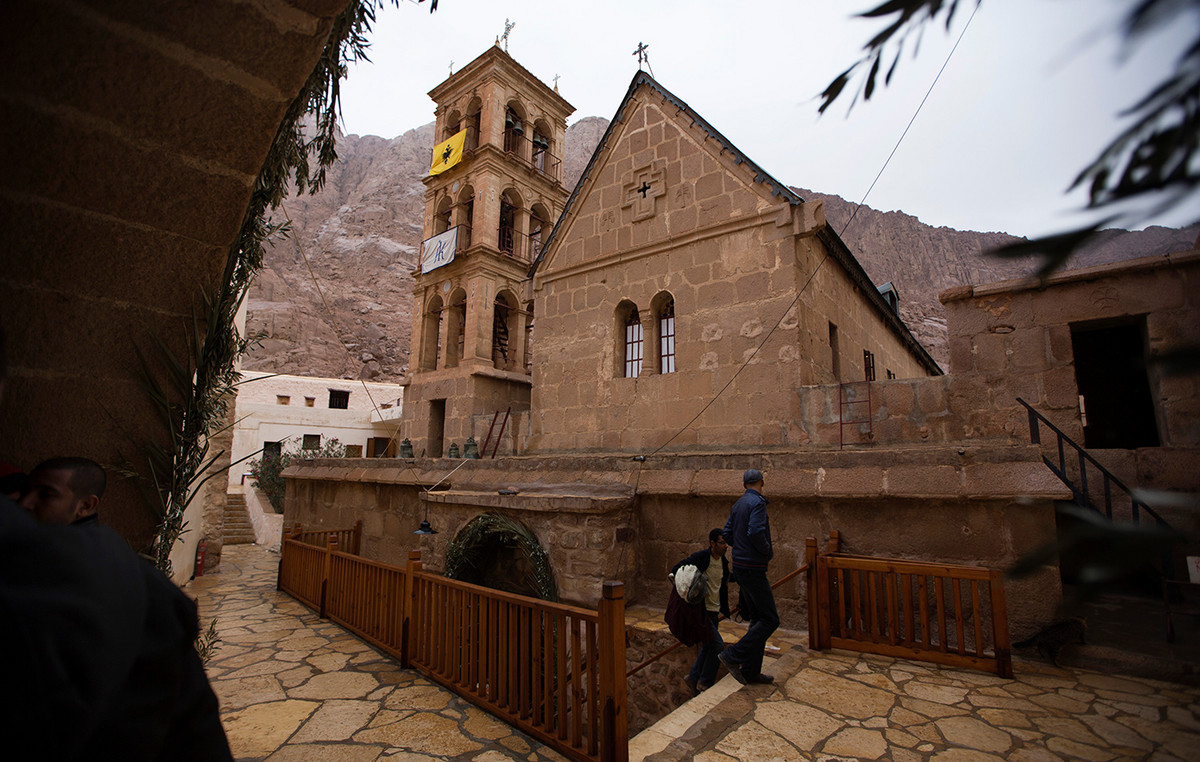O dollar retreats this Thursday (17), while the market is more optimistic about the negotiations between Ukraine and Russiareducing risk aversion, and digests interest rate decisions in Brazil and the United States.
Both came as expected, but the statement from the Federal Reserve was considered tougher than expected, which favors the dollar by indicating higher interest rates at the end of the bullish cycle. However, the signaling in Brazil of a new high of 1 percentage point in May further reinforces the distance between Brazilian and North American interest rates, which favors the real.
At around 9:31 am, the US currency retreated 0.31% to R$5.077. The dollar futures contract traded on B3 of first maturity fell 0.03%, to R$ 5.074.
On Wednesday (17), the dollar fell by 1.29%, quoted at R$ 5.091. already the Ibovespa closed up 1.98%, at 111,112.43 points.
interest decisions
On Wednesday, the central banks of Brazil and the United States defined the variations in their interest rates. Brazilian interest rates maintained the high cycle and were at 11.75% per year, while the North American ones would start the first cycle of increase since 2018, staying between 0.25% and 0.50% per year.
The Federal Reserve statement, and the mayor’s press conference, Jerome Powell, after the decision, was seen as tougher than expected by the market. At the press conference, Powell signaled that the Fed may intensify the predicted pace of high depending on the inflationary situation in the United States.
However, the actions taken at the meeting followed what was expected by the market, without major surprises, which helped to maintain investment flows that already priced the high this week.
In Brazil, the Monetary Policy Committee (Copom) also followed what was expected by the market. The big news came in the post-meeting communiqué, in which the committee indicated that should make a new rise of 1 percentage point at the May meeting.
The indication comes as investors and economists raise their forecasts for the Selic rate at the end of 2022 due to new inflationary pressures with the war in Ukraine. The expectation now is that interest rates will end the year at 13%, maintaining a strong differential between Brazilian and North American interest rates, which favors the real.
Petroleum
Since the invasion of Ukraine by Russia on the 24th of February, the markets for Petroleum show the highest volatility in two years, with commodity prices reaching levels last seen in 2008.
The movement of the last few days, however, is one of retreat, with the Brent type returning to operations below US$ 100. The drop reflects the commitment of Russia and other exporting countries to fulfill contractual obligations. Some investors say concerns about supply disruption have been overblown.
A favorable signal from Russia to a nuclear deal involving Iran also helped to drive down prices. At the same time, the retreat generates some relief in inflationary and cost pressures.
Even so, compared to previous years, oil is still at high values, due to the mismatch between supply and demand for the commodity, with the main producers, gathered in OPEC+, still not resuming pre-pandemic production levels. The picture was intensified with the tensions in europe.
Another consequence of the rise in oil is the rise in fuel prices. In Brazil, this accelerated the approval of bills that seek to contain the rise in fuel prices are also on the market’s radar.
commodities
The situation in Ukraine may impact the benefits for the real of an investment migration cycle started in 2022 to markets linked to commodities and seen as cheap, like Brazil – also helped by the high interest rates in the country, by stimulating the search for the dollar.
On the other hand, the rise in commodities itself may favor the Brazilian market, in a game of positive and negative pressures that has still favored the real so far.
The cycle is linked, in part, to the rise in oil and iron ore prices due to high demand amid the economic recovery. The prospect of higher interest rates in the United States also fueled this migration, with the departure of US variable income.
Another factor behind this movement is expectations of more pro-growth measures in the China that are raising hopes of a recovery in demand for metals, which has led to higher prices, reinforced by the crisis in Ukraine.
On the other hand, interventions by the Chinese government in the market and a new outbreak of Covid-19 in the country with lockdowns have generated downward pressures, in an up and down in the price.
War in Ukraine
Follow CNN’s live coverage of the conflict.
As Russia continues to attack Ukraine’s major cities, including the capital Kiev and the city of Mariupol, the two countries are trying to negotiate a possible peaceful end to the conflict. Leaders of the two countries have cited progress in the negotiations, with the idea of Ukrainian “neutrality” towards NATO emerging as a key point in the discussions.
From an economic point of view, the main event involving the conflict is the series of sanctions announced by the United States and its Western allies.
On Tuesday (15), the countries of the European Union announced new sanctions against Russia, which saw its currency, the ruble, plummet and reach a historic low. This time, the targets were energy, steel and defense sectors.
At the same time, the US President Joe Biden, confirmed in a press conference the approval of the financing project that $13.6 billion to Ukraine and allies in the war.
THE expulsion of Russian banks from Swifta global payments system, and the freezing of reserves by the central bank of Russia were also other sanctions taken in recent weeks.
Test your knowledge about the Ibovespa
Let’s start with an easy one: what is the Ibovespa?
Who is responsible for calculating the Ibovespa?
What types of assets are eligible to be listed on the Ibovespa?
Which of these is NOT a criterion for a stock to enter the Ibovespa
How many shares are currently in the Ibovespa theoretical portfolio?
How often is the Ibovespa theoretical portfolio reviewed?
What is the most important stock on the Ibovespa?
What is the smallest share on the Ibovespa?
Each Ibovespa point is equivalent to 1 real. This statement is
What is the historical record for closing the Ibovespa?
Try again!
Tip: follow CNN Business to understand more about Ibovespa
Nice job!
You know a lot about the Ibovespa, but you could know a little more
Sensational!
Congratulations! Are you an Ibovespa expert?
*With information from Reuters
Source: CNN Brasil
I am Sophia william, author of World Stock Market. I have a degree in journalism from the University of Missouri and I have worked as a reporter for several news websites. I have a passion for writing and informing people about the latest news and events happening in the world. I strive to be accurate and unbiased in my reporting, and I hope to provide readers with valuable information that they can use to make informed decisions.







